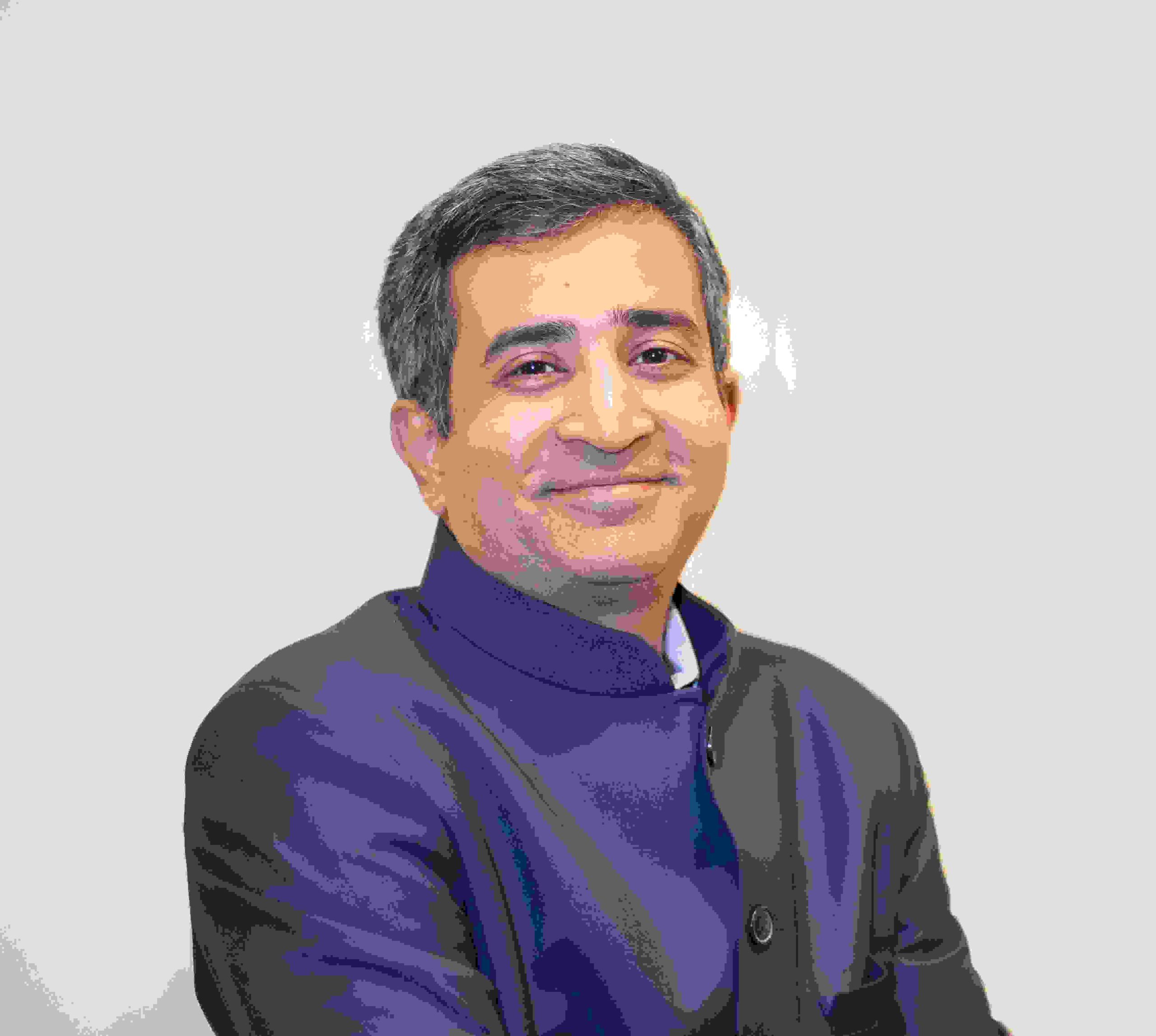Nonprofits often face challenges in effectively and efficiently addressing the root causes of humanitarian and development issues. Philanthropies that raise money in the United States for social or relief work in India face challenges too—surveys show that a “robust culture of philanthropy has yet to take root among Indian Americans”, despite their growing affluence in the United States. And this community of Indian Americans are often the primary donors for these philanthropies.
Fundraising efforts in the US among the Indian diaspora have largely been fragmented, with multiple organisations repeatedly asking donors to participate in their numerous events, for example. There’s a need for consolidation and that’s why, in 2019, 11 US-based organisations working for humanitarian and development goals in India decided that “the costs of working in isolation outweigh its benefits, and that a collective approach can bring about greater change”. And so the India Philanthropy Alliance (IPA) was publicly launched to respond to an urgent need for enhanced communication, coordination, and collaboration among nonprofits, particularly among those working in India. Today our coalition has 16 members.
More than four years since we began meeting and two and a half years since going public, our monthly calls, semi-annual retreats, and successes and failures have helped us identify some practical and surprising lessons that have made us a more effective coalition. While some of these might be unique to our particular situation, we believe many of them have applicability to other collective impact or, more broadly, coalition efforts.

1. Build a strong holding environment
Coalitions succeed when there’s at least one staff member who keeps the group’s ‘trains running on time’, mostly by ensuring meetings run smoothly and following up where needed. When a member tries to take on the additional role of the coalition’s secretariat, things inevitably fall through the cracks and progress can grind to a halt for long periods. Since budgets are usually tight in coalitions where member dues are the main or only source of revenue, some coalitions delegate the staff work to a junior member. However, their lack of stature and experience often leads to frustration and turnover, as members tend to be less responsive to someone they don’t consider a peer. The problems with this model can be exacerbated if this individual spends only part of their time working for the coalition and the remainder for one of its members (which can create the perception of divided loyalties). For this purpose, the IPA employed Alex Counts (one of the co-authors of this article), a former CEO of one of our members (thus giving him peer status), who devotes three to four days each month to IPA.
2. Establish a strong learning culture
Establishing a code of conduct early on is something we would recommend to other coalitions. However, although useful, by itself it only goes so far. Through our meetings, e-mail exchanges, and other communications and interactions, we gradually built a culture that, while imperfect and still evolving, kept members involved despite IPA not having any funding to disburse to them. One important element was privately and publicly celebrating as many member successes as possible. Another was educating every member about the work of their IPA peers, such that they could and did become ambassadors for organisations that had previously felt like competitors.
Coalitions should seek to consciously shape their culture in the direction of collegiality and mutual support.
We recall when, at our year-end meeting in 2020, Gouri Sadhwani, then the executive director of Akanksha Education Fund (which is now led by Sejal Desai), reported that she had worked a reference to the path-breaking work of VisionSpring in providing eyeglasses to truckers (thus reducing deadly highway accidents) into a recent speech of hers. This was possible because she knew enough about a peer’s work and was willing to tip her hat to another organisation fundraising in her market. Having the same leaders always represent each organisation, rather than a rotating cast of characters, helped ensure such a positive and sustainable culture.
Coalitions should seek to consciously shape their culture in the direction of collegiality and mutual support, with their chairs and vice chairs ideally leading by example from the outset.
3. Enable shared services
One purpose of a coalition is to address problems, or ‘pain points’, experienced by all or most of its members. In some cases, doing so collectively is more efficient, affordable, and practical. For example, the same expert can be hired to provide counsel to the leaders of all impacted groups, instead of organisations addressing their issues individually. But small and relatively new coalitions (ours has an annual budget of less than USD 100,000, which is small in comparison to other coalitions in the US) are not always well positioned to help solve their members’ biggest issues. These, in the case of IPA, include raising more money from wealthy Indian American business leaders, consistently and rigorously measuring outcomes, and navigating the growing regulatory complexity in India.
4. Facilitate networking among peers
In coalitions like ours that do not function as funding intermediaries doling out grants, helping our member representatives develop themselves as leaders, establish and deepen trusting relationships with peers, and deal with the ‘slings and arrows’ inherent in running mission-driven organisations is essential. This is especially true for leaders of small and/or virtual organisations, who often feel isolated and distant from the programming action in India.
We often bring in guest speakers or assign and discuss articles that address these needs. However, simply having flexible agendas and facilitation allows for these needs to be met naturally in the course of our business meetings and other gatherings.
What coalitions should think about as they mature
All nonprofit coalitions must evolve and mature to avoid a slow decline into sporadic engagement and irrelevance. The main challenges we face in the years ahead are:
1. Enabling donors to give more
According to a survey by Indiaspora, Indian Americans give USD 1 billion to charities today, but could give triple this amount if they simply matched the per capita, wealth-adjusted giving rates of Americans generally.
Coalitions should strive to attract more groups of donors, but in a gradual way that allows for a well-designed onboarding and integration.
While we have identified growing the culture of Indian American philanthropy as a core objective, till today IPA has been unable to align on how to move the needle on this issue. We are working to design a major campaign to increase Indian American philanthropy, approach major institutional funders together, and appeal for more supportive laws. The extent to which we succeed will go a long way in determining whether launching IPA was worth the time and effort.
2. Rotation of leadership and succession planning
Good governance principles suggest that at some point we should give new people a chance to lead, or at least propose how they might take us in newer and better directions. But we risk losing a key element of our ‘secret sauce’—a strong, focused, respected, and cohesive leadership team. When and how to start this transition are challenging questions. In addition, the one individual who has been the driving force behind creating and sustaining this group is still involved, and arguably his departure—which is inevitable—could lead to a crisis or at least a loss of momentum.
Coalitions must figure out how to create and maintain such a strong value proposition to members that their future is not dependent on any one leader or organisation.
3. Increasing membership and effectiveness
Coalitions should strive to attract more groups of donors, but in a gradual way that allows for a well-designed onboarding and integration into their culture (while helping to shape the next phase of their evolution).
Further, like most nonprofits, many coalition members could struggle to secure the resources and talent needed to consistently and rigorously measure outcomes and impact. Raising the collective performance in this area will help attract increased funding from sophisticated institutional donors. With outside assistance and determined efforts, coalitions can raise each member’s performance in monitoring, evaluation, and learning. They may even be able to aggregate their insights and use them to inform policy and practice well beyond their network.
Coalitions and other collective impact initiatives are hardly a panacea for addressing societal problems and ensuring that philanthropy is impactful. But they can make substantial contributions if their culture, leadership, staffing, and activities are forged in a collaborative, action-oriented, and thoughtful manner.
This is an edited version of an article that was published on October 1, 2021, on Indiaspora’s blog under the title The India Philanthropy Alliance: Two Years On, which can be found in its entirety here.






